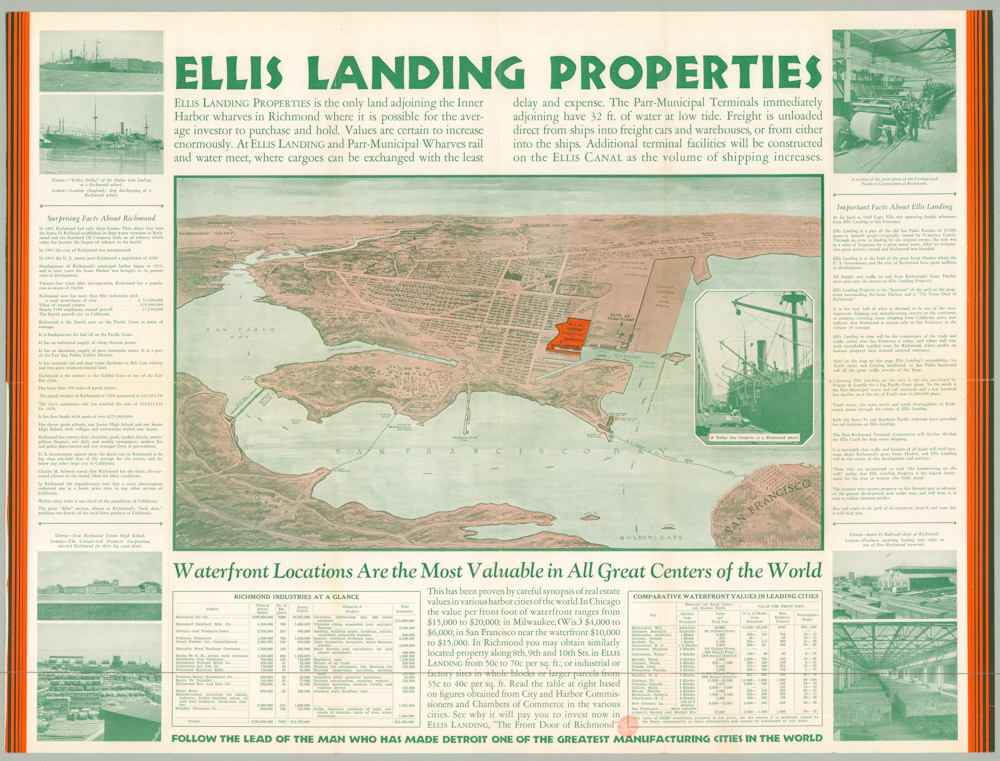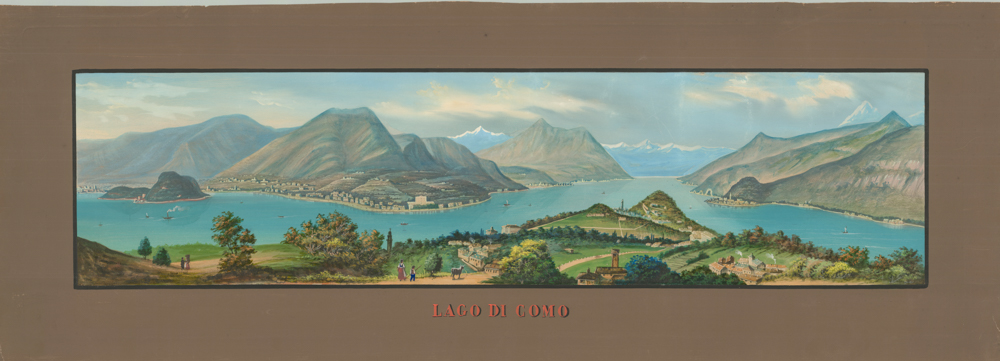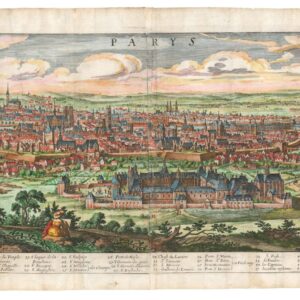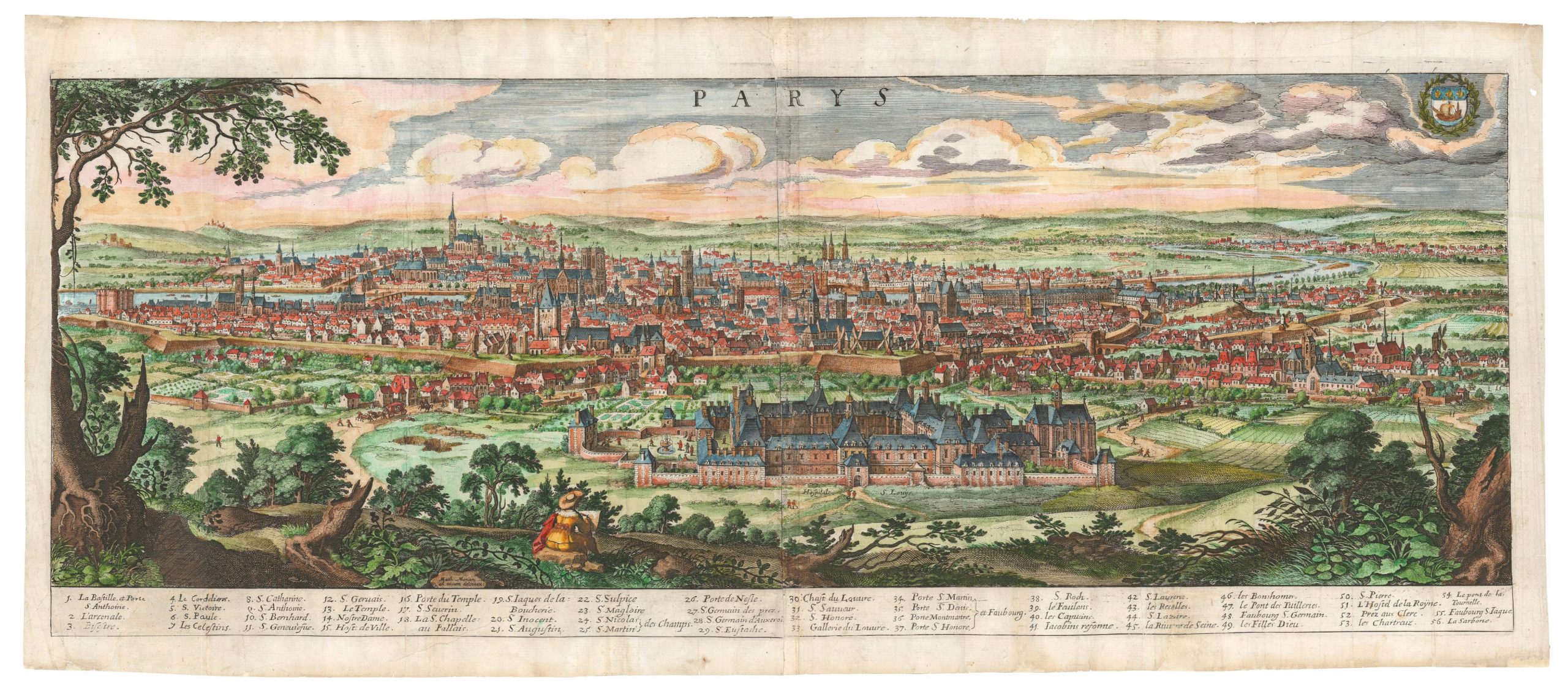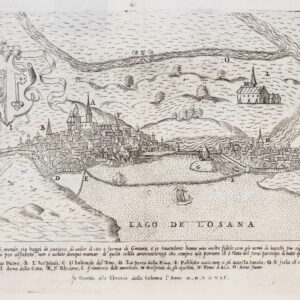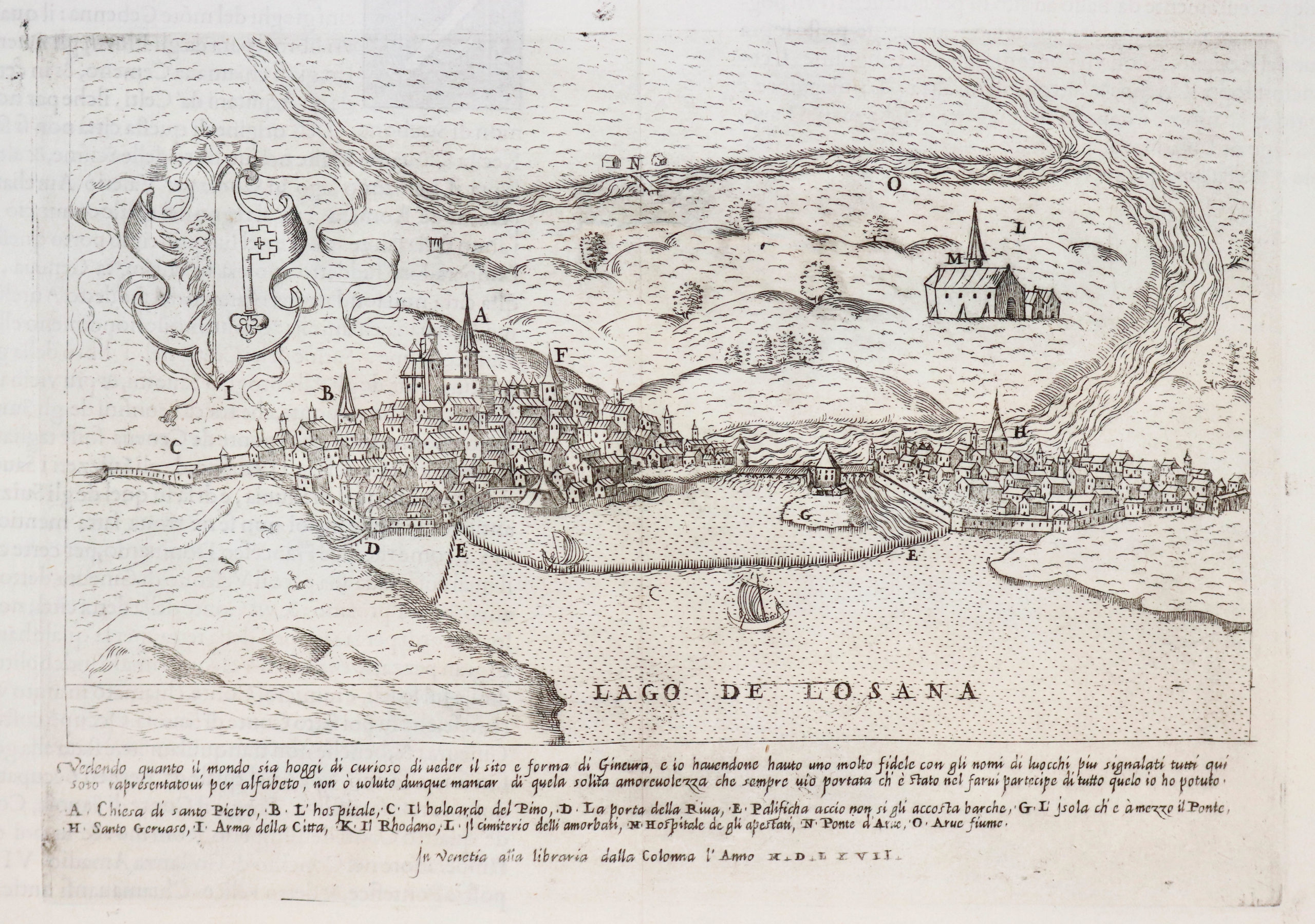A rare and dramatic bird’s-eye-view of Santa Clara Valley.
Bird’s Eye View of the Famous Santa Clara Valley Looking Southerly from San Francisco
$2,400
1 in stock
Description
Published as part of a special edition (the Grand Army Edition) of the Daily Mercury, this is a rare bird’s-eye-view centered on the Santa Clara Valley, showing Silicon Valley nearly one hundred years prior to its ascendency as the technology capital of the world. The view is rendered from San Francisco, with south shown at the top, and extends from southern Marin County in the north all the way to Paso Robles Hot Springs in the south.
In terms of natural geography, the defining features are the mountain ranges that delineate the Santa Clara Valley. Running along the left side (east) of the view are the Sierra Nevadas. Opposite on the right side (west) are the Coast Mountains, which can be subdivided into the Santa Cruz Mountains extending north from Santa Cruz and along the San Francisco peninsula, and the Santa Lucia Range running south of Monterey Bay.
In terms of the cultural landscape, the defining feature is the network of railroads, along with the towns at which they stop. All railroads lead to San Jose at the southern end of the San Francisco Bay, including various divisions of the Southern Pacific Railroad. The Northern Division runs to San Jose from San Francisco, Ocean View (*note that there is no South San Francisco, this being before its incorporation and expansion), San Bruno, Millbrae, San Mateo, Belmont, Redwood City, Menlo Park, Mayfield (which became Palo Alto), Mountain View, and Santa Clara.
At lower left, presented on a scroll frame, is a superb Civil War camp scene drawn by C. H. Harmun, who lived in San Jose in the 1880s. It depicts a Union soldier standing tall with his rifle, with canon, other soldiers, tents, and a large American flag in the background. Directly behind the soldier is a kind of medallion, within which is a maritime scene that features a large ship, a lighthouse, and possibly another small ship. During the Civil War, coastal fortifications were built or improved along the Pacific Ocean. To protect the Bay Area, especially the port of San Francisco, the shipping point of gold and silver from the Pacific Coast, from possible attacks by Confederate commerce raiders or the fleets of the British or French empires, Fort Point and Camp Sumner were constructed at the edge of the Presidio, as well as at Fort Baker on the Marin Headlands. One Civil War-era fort, the Post of Alcatraz Island or Fort Alcatraz, served as a prison for secessionists and later became the infamous Federal penitentiary. San Francisco Bay was also protected by the Benicia Arsenal, Fort Mason at San Francisco’s Point San Jose, and Camp Reynolds on Angel Island.
The entire work is richly illustrated, with twenty-two pages of text, including a section on Stanford University.
Cartographer(s):
Britton & Rey (1852 – 1906) was a lithographic printing firm based in San Francisco and founded by Joseph Britton and Jacques Joseph Rey in 1852. Especially during the second half of the 19th century, Britton and Rey became the leading lithography firm in San Francisco, and probably California. Among their many publications were birds-eye-views of Californian cities, depictions of the exquisite landscapes, stock certificates, and no least maps. While Rey was the primary artist, Britton worked not only as the main lithographer but was essentially also the man running the business. In addition to their own material, the firm reproduced the works of other American artists like Thomas Almond Ayres (1816 – 1858), George Holbrook Baker (1824 – 1906), Charles Christian Nahl (1818 – 1878), and Frederick August Wenderoth (1819 – 1884). Following Rey’s death in 1892 Britton passed the form on to Rey’s son, Valentine J. A. Rey, who ran it until the great earthquake and fire of 1906 destroyed most of the company’s assets.
Joseph Britton (1825 – July 18, 1901) was a lithographer and the co-founder of the prominent San Francisco lithography studio Britton and Rey. He was also a civic leader in San Francisco, serving on the Board of Supervisors and helping to draft a new city charter. In 1852, he became active in lithography and publishing, first under the name ‘Pollard and Britton,’ and then ‘Britton and Rey,’ a printing company founded with his friend and eventual brother-in-law Jacques Joseph Rey. Britton and Rey became the premier lithographic and engraving studio of the Gold Rush era, producing letter sheets, maps, and artistic prints.
Jacques Joseph Rey (1820 – 1892) was a French engraver and lithographer born in the Alsatian town of Bouxwiller. At the age of about 30, he emigrated to America, eventually settling in California. Here, he soon entered into a partnership with local entrepreneur and civic leader Joseph Britton. Three years later, Rey also married Britton’s sister, allowing his business partner and brother-in-law Britton to live in their house with them. Rey and Britton were not only an important part of the San Francisco printing and publishing scene but also owned a plumbing and gas-fitting firm. In the early years, both men would sometimes partner up with others on specific projects, but by the late 1860s, their partnership was more or less exclusive.
Condition Description
Scattered wear, especially along the edges. Inside, the contents are in good condition, with some minor internal problems.
References
No examples can be located in OCLC/WorldCat.

